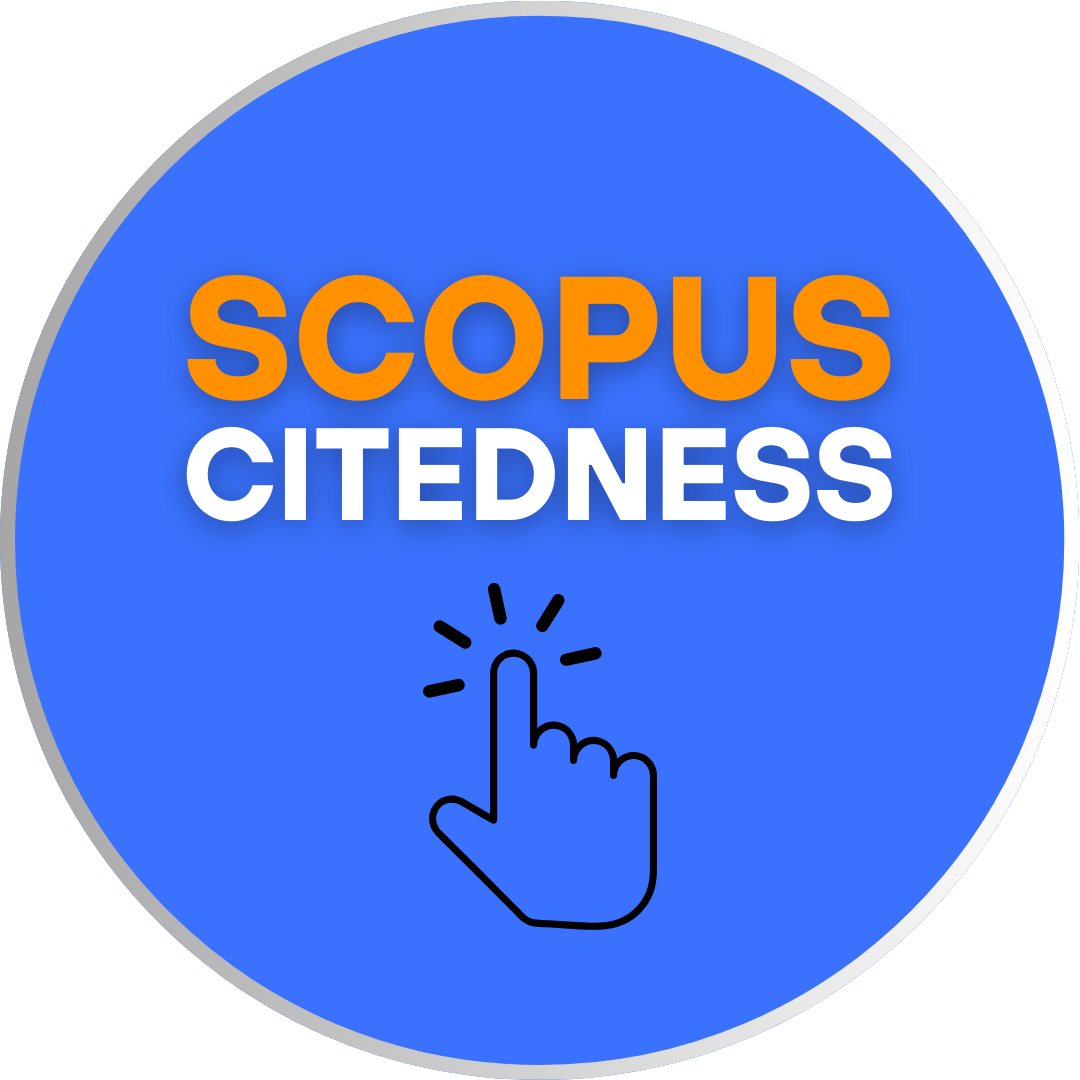Exploring Students’ Experiences in Essay Writing Learning through YouTube Channel Engagement
DOI:
https://doi.org/10.18592/let.v15i1.16973Keywords:
Essay Writing, YouTube, EFL Students, Online Technology, Student ExperienceAbstract
This study investigates EFL students' experiences using YouTube channels in their essay-writing learning. Ten fourth-semester English Education Department students from UIN Antasari Banjarmasin participated in the study. Interviews and documentation were used to gather data using a qualitative approach and the narrative inquiry method. The results indicated that YouTube videos provide visual aids and flexible access, which aid students in developing their writing abilities, increasing their vocabulary, and learning on their own. Nevertheless, problems including passive learning, distraction, and a lack of lecturer contact also surfaced. In general, YouTube's contribution to writing education was seen as advantageous.References
Atmazaki, M. &. (2022). Exploring Digital Tools for Teaching Essay Writing Course in Higsher Education: Padlet, Kahoot, YouTube, Essaybot, Grammarly. Asia Proceedings of Social Sciences.
Bonsignori, V. (2018). Using films and TV series for ESP teaching: A multimodal perspective. System, 77(2015), 58–69. https://doi.org/10.1016/j.system.2018.01.005
Casillano, N. F. B. (2019). Challenges of Implementing an E-Learning Platform in an Internet Struggling Province in the Philippines. Indian Journal of Science and Technology, 12(10), 1–4. https://doi.org/10.17485/ijst/2019/v12i10/137594
Cresswell, J. (2012). Second Edition Qualitative Inquiry & Research Design Choosing Among Five Approacshes. Callifornia: SAGE Publications.
Daryanto, J. &. (2016). Pengembangan Media Pembelajaran Tembang Macapat Berbasis Video Interaktif. Jurnal Pendidikan Dasar.
Ergenekon, B. (2016). Using Films for Writing Reaction-Response Essay: A Class-Room Action Research on Turkish ESP Learners. International Journal of Languages, Literature and Linguistics, 2(2), 73–78. https://doi.org/10.18178/ijlll.2016.2.2.70
Fadzli, R. S. (2016). OPTIMIZING THE USE OF BLOGS TO IMPROVE STUDENTS’WRITING SKILL OF RECOUNT TEXT. English Education.
Fill, K. &. (2006). Sink or swim: taking advantage of developments in video streaming. Innovations in Education and Teaching International.
Harmer, J. (2004). Methodology in Language Teaching: an Anthology of Current Practice.
Ilyosovna, N. A. (2020). The importance of English language. International Journal on Orange Technologies.
Ismaili, M. (2013). The Effectiveness of Using Movies in the EFL Classroom – A Study Conducted at South East European University. Academic Journal of Interdisciplinary Studies. https://doi.org/10.5901/ajis.2012.v2n4p121
Mahmudah, R. R. (2018). Exploring students' writing procedural text through tutorial video activity: A quasi-experimental study in the 9th Grade Student at MTs Negeri Kota Cimahi . (Doctoral dissertation, UIN SUnan Gunung Djati Bandung).
Meinawati, E., Purwaningrum, P. W., Alawiyah, S., & Setianingrum, H. W. (2022). The Effectiveness of YouTube as an E-Resource on Students’ Writing Learning. AL-ISHLAH: Jurnal Pendidikan, 14(4), 6907–6916. https://doi.org/10.35445/alishlah.v14i4.2790
Nunan, D. (1989). Understanding Language Classroom: A Guide for Teacher. New York: Prentice Hall.
Olasina, G. (2017). An evaluation of educational values of YouTube videos for academic writing. The African Journal of Information Systems.
Pishkar, K., & Majedi, N. (2016). The Effect of Self-directed Learning on Iranian Intermediate EFL Learners’ Speaking Accuracy. Journal of Applied Linguistics and Language Research, 3(2), 86–95. www.jallr.com
Purnamasari R, A. T. (2022). The Implication of Using Media During Pandemic on Indonesia Citizen’s English Writing Skil. Journal of English Language Learning.
Riessman, C. K. (1939). Narrative analysis. Boston: SAGE Publications.
Tambunan, R. S. (2019). Pengaruh Penggunaan Video Pembelajaran dan Minat Belajar Terhadap Hasil Belajar IPA. (Jurnal Teknologi Pendidikan dan Pembelajaran): Edutech and Intructional Research Journal.
Tan, E. (2013). Informal Learning on YouTube: Exploring Digital Literacy in Independent Online Learning. Learning, Media and Technology: Digital Literacy and Informal Learning Environments .
Zhuang, X. (2017). Reflective Thinking on Communicative Teaching in Writing. USA China Education Review, 4(5), 19–25.
Downloads
Published
How to Cite
Issue
Section
License
Copyright (c) 2025 Roja Nur Azizah, Saadillah Saadillah, Nida Mufidah

This work is licensed under a Creative Commons Attribution 4.0 International License.
Authors who publish with this journal agree to the following terms:
- Authors retain copyright and grant the journal right of first publication with the work simultaneously licensed under a Creative Commons Attribution License that allows others to share the work with an acknowledgement of the work's authorship and initial publication in this journal.
- Authors are able to enter into separate, additional contractual arrangements for the non-exclusive distribution of the journal's published version of the work (e.g., post it to an institutional repository or publish it in a book), with an acknowledgement of its initial publication in this journal.
- Authors are permitted and encouraged to post their work online (e.g., in institutional repositories or on their website) prior to and during the submission process, as it can lead to productive exchanges, as well as earlier and greater citation of published work.
LET (LINGUISTICS, LITERATURE, AND LANGUAGE TEACHING) http://jurnal.uin-antasari.ac.id/index.php/let/index licensed under a Creative Commons Attribution 4.0 International License.
















